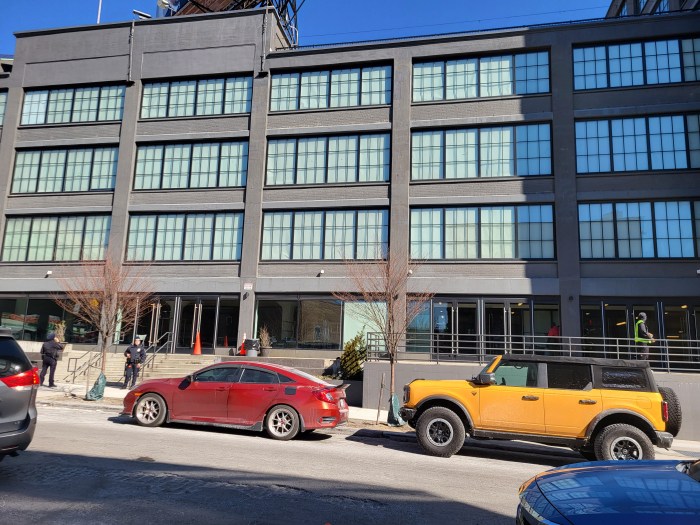The minimum wage has put a floor under workers’ wages since taking effect 75 years ago on Oct. 24, 1938. But at $7.25 an hour, today’s federal minimum wage is the same as it was in 1950, after adjusting for inflation.
Too little, too late minimum wage raises are the next best things to eliminating it for minimum wage opponents.
“If we would have had our druthers,” said Murray Weidenbaum, chairman of President Ronald Reagan’s Council of Economic Advisers, “We would have eliminated it.” But, as the Wall Street Journal reported, “Because that would have been such ‘a painful political process,’ Mr. Weidenbaum says that he and other officials were content to let inflation turn the minimum wage into ‘an effective dead letter.’”
The two longest periods without a minimum wage increase have both occurred since 1981. We’re on that road again with a $7.25 minimum wage since 2009. The minimum wage has lost nearly a third of its value since its 1968 high point of $10.75 in today’s dollars.
As the wage floor has sunk below poverty levels, millions of workers find themselves with paychecks above the minimum, but still earning poverty wages.
Workers and consumers are not two different species. When a growing share of workers make too little to buy necessities – much less afford a middle-class standard of living – it hurts Main Street businesses and our communities.
Workers’ share of national income has been driven down to record lows while corporate profits’ share has risen to record highs. As JPMorgan’s “Eye on the Market” newsletter said in 2011, “Reductions in wages and benefits explain the majority of the net improvement in (profit) margins.”
Between 1968 and 2012, as the minimum wage eroded, the top 1 percent of households doubled their share of our nation’s income from 11 percent to 22 percent.
The top 1 percent took 95 percent of all the income growth from 2009 to 2012. That’s terrible for our economy and our democracy.
Today’s big business CEOs make more in a year than most small business owners make in their lifetimes.
The typical big business CEO got a 16 percent raise in 2012 to $15.1 million. They make more in a couple hours than full-time minimum wage workers do in a year – about $15,080.
Bloomberg News spotlighted the growing pay gap between workers and CEOs in the fast-food industry. “The disparity has doubled at McDonald’s Corp. in the last 10 years,” Bloomberg reported. “At the same time, the company helped pay for lobbying against minimum wage increases.”
U.S. Women’s Chamber of Commerce CEO Margot Dorfman says, “Big corporations that pay poverty wages count on small businesses and taxpayers to subsidize them by providing food stamps and other public assistance to workers and their families who can’t make ends meet. Raising the minimum wage will help level the playing field for businesses like my members who treat their employees fairly and invest in the communities in which they are rooted.”
Nearly half of America’s 50 million public school children have family incomes so low they are eligible for free or reduced lunch. The share of low-income students jumped from 38 percent of all students in 2001 to 48 percent in 2011, according to a new report by the Southern Education Foundation.
Walmart pays workers less now than when Sam Walton started the company in 1962. The average wage for Walmart sales associates – $8.81 an hour according to IBIS World industry research – is lower than the 1962 minimum wage of $8.91, adjusted for inflation.
The Walton heirs on the Forbes 400 list of richest Americans have a combined net worth of $136 billion. Walmart workers top the state lists of employees depending on the public safety net.
In enacting the minimum wage during the Great Depression, our government understood we couldn’t revitalize the economy when workers couldn’t afford even the basic products that businesses had to sell. Boosting workers’ wages was key to long-term recovery.
The Fair Minimum Wage Act would gradually raise the minimum wage to $10.10 in three steps and then adjust it annually to keep up with the cost of living.
That’s the least we can do to restore the fallen wage floor under our economy.
The author is director of Business for a Fair Minimum Wage (www.businessforafairminimumwage.org). She can be reached at hsklar.writer@gmail.com.























